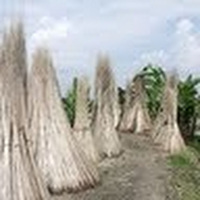saurav Nandy
University of Kalyani, Environmental Management, Department Member
Reproductive biology of female amphidromous croaker Johnius coitor (Hamilton, 1822) was studied for the first time from various freshwater stretches of Ganga river basin, India in relation to climatic variability. The species showed high... more
Reproductive biology of female amphidromous croaker Johnius coitor (Hamilton, 1822) was studied for the first time from various freshwater stretches of Ganga river basin, India in relation to climatic variability. The species showed high spatial variation in reproductive phenology and capable of breeding during pre-monsoon, monsoon, post-monsoon and winter. Water temperature is the most crucial environmental parameter influencing gonadal maturation and breeding. Generalized additive model (GAM) models revealed water temperature near 23–25 °C as optimum and threshold GSI above 3 units necessary for breeding. Pre-spawning fitness (Kspawn50) and size at 50% maturity (LM50) benchmarked through Kaplan-Meier survival fit estimates were in the range 1.27–1.37 units and 19–24.5 cm respectively. First maturity of females was encountered at 11.4 cm within the size range 7.2–28.5 cm. Egg parameters in mature-ripe females ranged between 0.29–0.80 mm (diameter), 0.05–0.19 mg (weight) and 5687–12...
